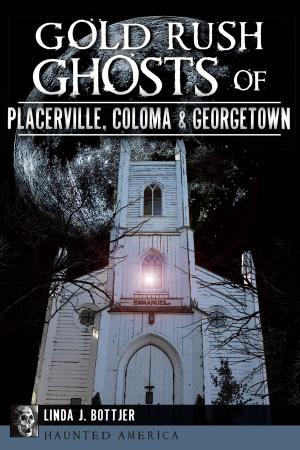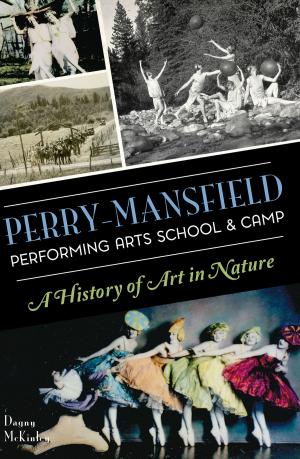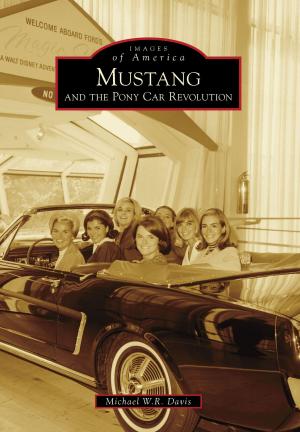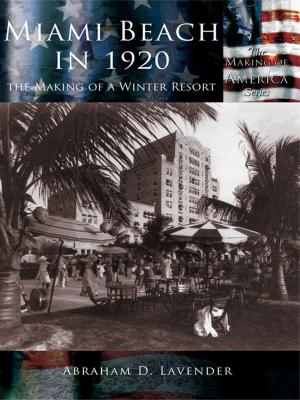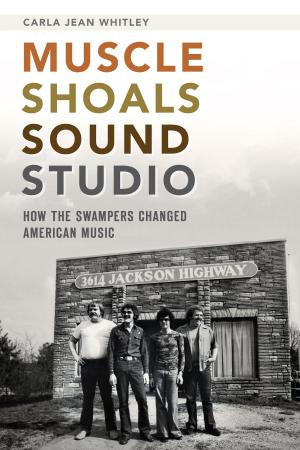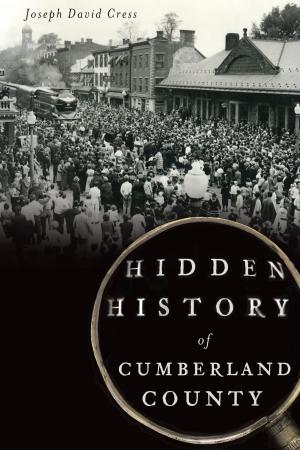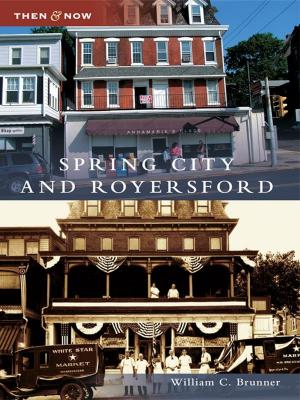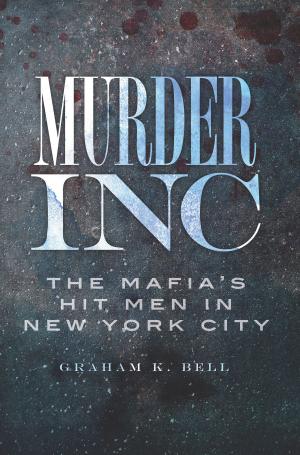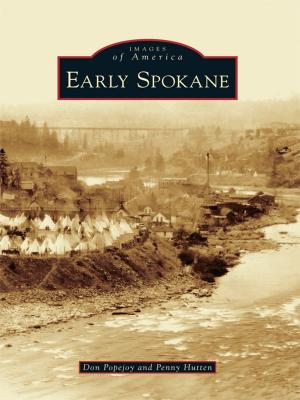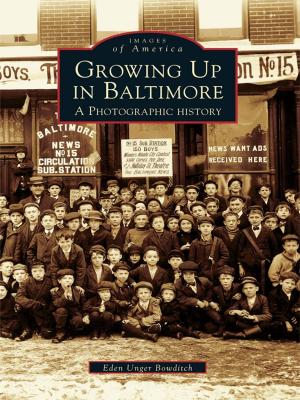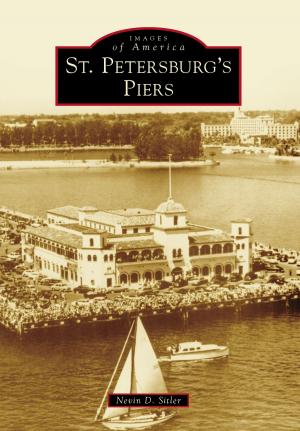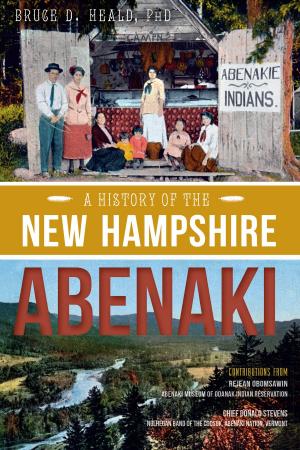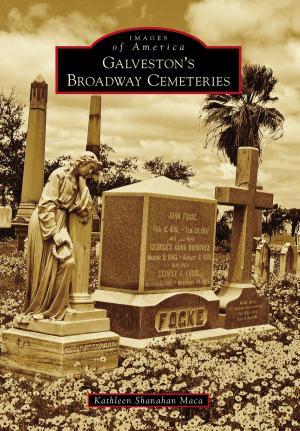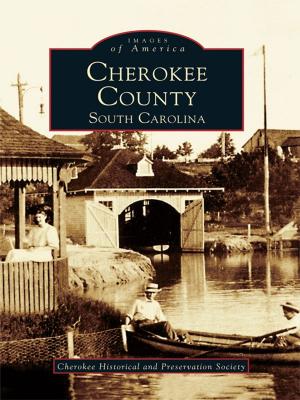Philadelphia
The World War I Years
Nonfiction, History, Military, Pictorial, World War I, United States| Author: | Peter John Williams | ISBN: | 9781439644379 |
| Publisher: | Arcadia Publishing Inc. | Publication: | December 2, 2013 |
| Imprint: | Arcadia Publishing | Language: | English |
| Author: | Peter John Williams |
| ISBN: | 9781439644379 |
| Publisher: | Arcadia Publishing Inc. |
| Publication: | December 2, 2013 |
| Imprint: | Arcadia Publishing |
| Language: | English |
In 1914, Philadelphia was the third largest city in the United States with a population of just over one and a half million people. It was fitting, therefore, that during World War I, Philadelphia mobilized itself for the war effort perhaps more than any other large American city. Nicknamed the �Workshop of the World,� Philadelphia saw its manufacturing and textile companies converted, almost overnight, to full wartime production. Meanwhile, private and city-sponsored organizations sprang up to send relief to the people of war-torn Europe and prepare for the possibility of American involvement. The Great War would forever alter the city�s landscape and its people. Architecturally, demographically, and socially, Philadelphia would experience sweeping change, and the people of William Penn�s �greene country towne� would come together as never before to support the war effort at home and their boys abroad.
In 1914, Philadelphia was the third largest city in the United States with a population of just over one and a half million people. It was fitting, therefore, that during World War I, Philadelphia mobilized itself for the war effort perhaps more than any other large American city. Nicknamed the �Workshop of the World,� Philadelphia saw its manufacturing and textile companies converted, almost overnight, to full wartime production. Meanwhile, private and city-sponsored organizations sprang up to send relief to the people of war-torn Europe and prepare for the possibility of American involvement. The Great War would forever alter the city�s landscape and its people. Architecturally, demographically, and socially, Philadelphia would experience sweeping change, and the people of William Penn�s �greene country towne� would come together as never before to support the war effort at home and their boys abroad.

